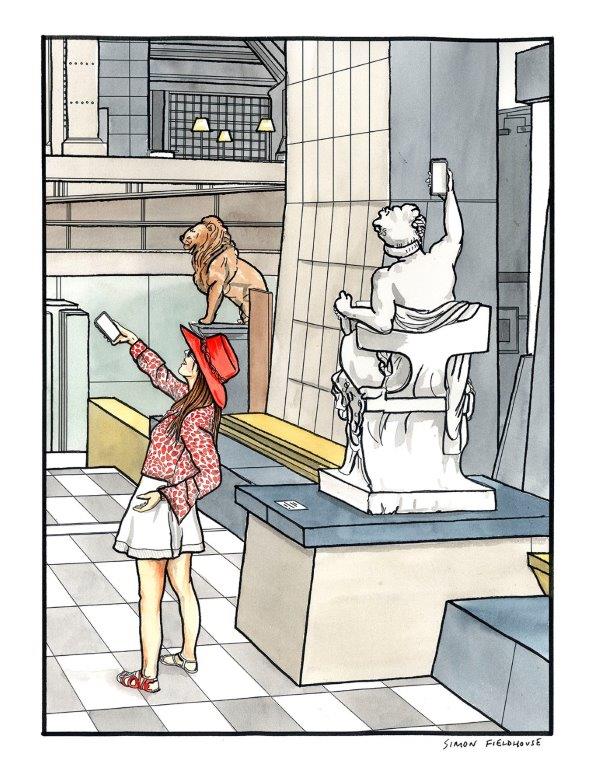
Art imitates Life - Musee d'Orsay Paris
The Musee d'Orsay in Paris is a treasure trove of artistic masterpieces, and its collection of sculptures is no exception. Housed within the magnificent Beaux-Arts railway station, the museum is a breathtaking setting for some of the world's most exquisite sculptures. These sculptures not only exemplify the evolution of art and the human form but also provide a unique insight into the social and cultural contexts of the eras in which they were created.
One of the most iconic sculptures in the Musee d'Orsay is Auguste Rodin's "The Thinker." This bronze masterpiece is a part of his larger work, "The Gates of Hell," and it captivates visitors with its contemplative and introspective stance. The sculpture is a symbol of human intellectual and philosophical depth, and it serves as a tribute to the great Italian poet Dante Alighieri.
Another notable work in the museum's collection is "The Kiss" by Auguste Rodin. This sensuous piece, carved from marble, captures a passionate embrace between two lovers. The intricacy of the intertwined bodies showcases Rodin's exceptional skill in rendering human emotion and sensuality in stone. The sculpture is a timeless representation of love and desire, making it a favorite among art enthusiasts.
Moving through time and style, the Musee d'Orsay also boasts several sculptures from the Art Nouveau period, including the works of Hector Guimard. His ornate, flowing designs are exemplified in the museum's architectural fragments and decorative sculptures, which transport visitors to the elegance and sophistication of the late 19th and early 20th centuries.
The collection at Musee d'Orsay is not limited to just French artists. It also includes works from other parts of the world. For instance, the museum showcases the exquisite sculptures of Edgar Degas, particularly his famous bronze, "The Little Dancer of Fourteen Years." This sculpture, featuring a young ballerina in her tutu, perfectly encapsulates the grace, poise, and dedication of the dancers of the time.
Moreover, the museum's collection of sculptures mirrors the changing artistic trends throughout the centuries. Visitors can observe the shift from classical idealism to realism and then to impressionism and beyond. The sculptures offer a visual narrative of the evolution of artistic expression, allowing us to witness the transformation of form and technique over time.
In conclusion, the sculptures at Musee d'Orsay in Paris are a testament to the enduring power of art to capture the human experience, emotions, and the evolving aesthetics of various eras. From the timeless masterpieces of Auguste Rodin to the delicate beauty of Art Nouveau, the sculptures in this museum transport visitors on a journey through time and culture. Each piece tells a story, encapsulating the spirit of its era and the boundless creativity of the artists who brought these sculptures to life. A visit to the Musee d'Orsay is not just an exploration of art but a journey through history, making it an essential destination for any art lover or cultural enthusiast.